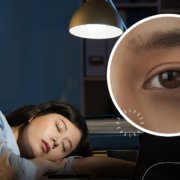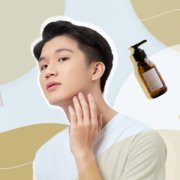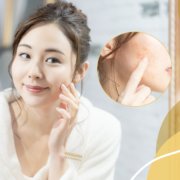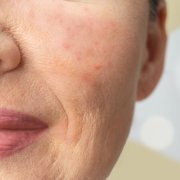How to Keep Skin Glowing in Rainy Season
With the onset of the monsoon season, we have officially entered the ber months. Despite the fact that the Philippines’ climate is often hot and humid, it is highly unpredictable.
As the weather varies from rainy to warm and sunny in a matter of minutes, your skin is not immune to the possible damage caused by the weather. There is still time to prevent these harms from worsening. Here are some recommendations to assist you with your skincare concerns during the rainy season.
Wash your Face Twice a Day
As the humidity level rises during the rainy season, your skin may produce more sebum than usual. And if left untreated, excessive sebum can clog pores, resulting in acne outbreaks.
Always wash your face twice daily to remove grime and excess oil. Dermatologists advocate using gentle, soap-free cleansers to avoid skin dryness.
Apply sunscreen
A typical myth about sunscreen is that it is only necessary during the summer or when you are in direct sunlight. Dermatologists advise that sunscreen should still be applied in the morning.
Ultraviolet rays can still pass through clouds and glass panels to reach your skin, so you should still wear sunscreen even if you’ll be indoors.
Remember to seek sunscreen with an SPF greater than 50 and a PA+++ rating to offer protection even in direct sunlight. Additionally, it would be preferable if it were lightweight and did not leave an unattractive white cast.
Pamper Yourself
Schedule some time for yourself at a derma clinic or spa.
Getting your much-deserved treatment after a week’s or month’s hard work will aid improve the oh-so-glowy complexion.
You’ve already de-stressed and taken a rest, plus you’ll have healthy, beautiful skin.
Be sure to receive a treatment such as Shinagawa Aesthetics’ BeautyTox, which can make your skin supple and youthful and produce an oval figure.
Schedule a consultation with our skin experts! For inquiries, questions, and appointments, call our Patient Care Lines (8 AM – 8 PM):
(+632) 7-368 5238
(+63) 917 862 7454
(+63) 921 217 0517
Talk to our Consultants via Livechat: https://shinagawa.ph/
Instagram: https://instagram.com/shinagawa_ph/






